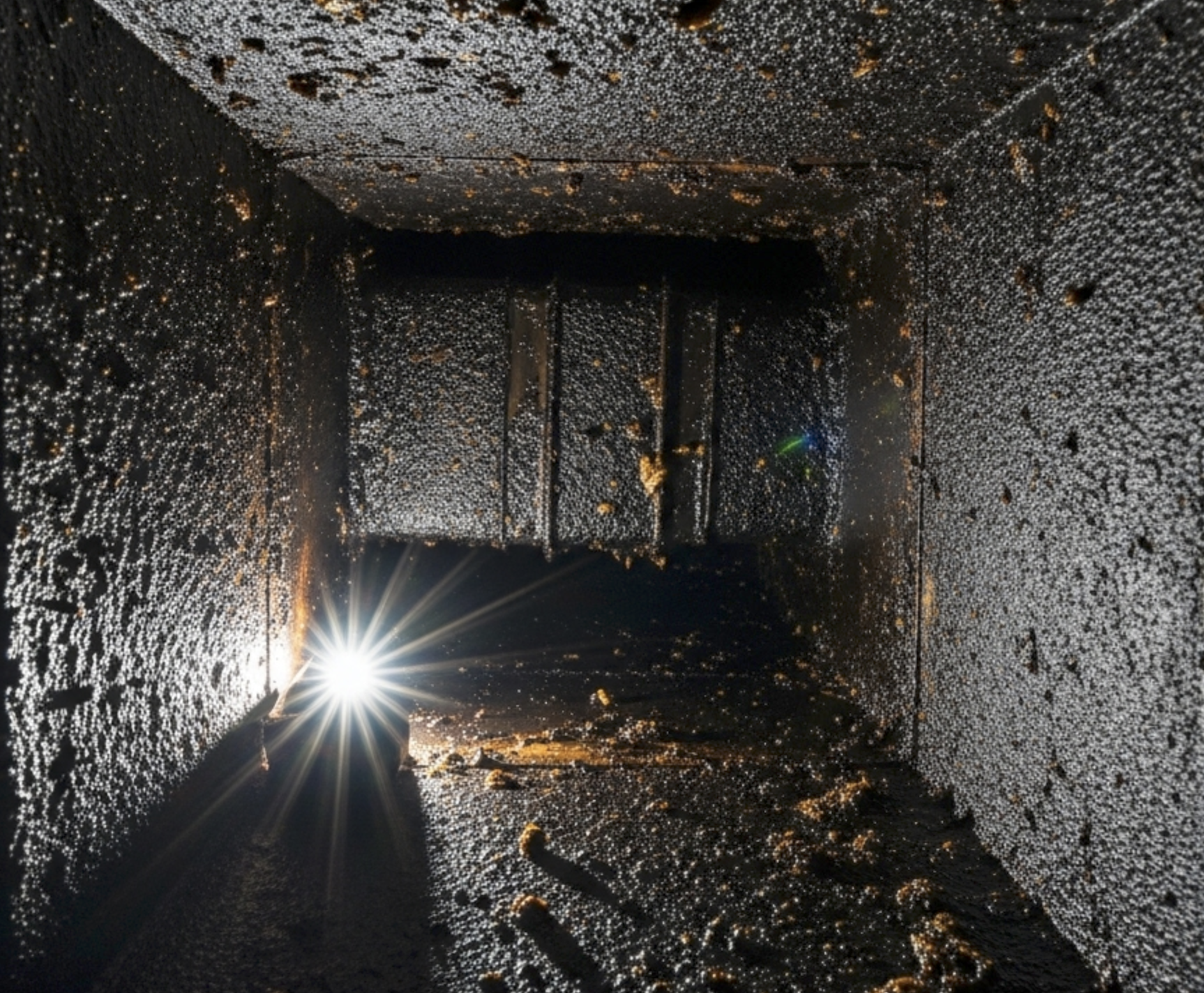Kitchen Exhaust Ductwork and Fire Safety
On August 29, 2007, a fire broke out in a restaurant in Boston. It started in the kitchen's exhaust system and spread into the ductwork above the ceiling. Firefighters arrived to find fire showing through the roof but very little smoke or heat inside the building. While crews were working inside to locate and extinguish the fire, the fire in the duct grew out of control and caused the roof the collapse. Two firefighters, Paul J. Cahill and Warren J. Payne, were inside the restaurant and did not survive. The fire, which started in a heavily grease-laden duct system, serves as a critical reminder of the importance of proper exhaust system maintenance for any commercial or institutional kitchen operator.
The National Fire Protection Association (NFPA) sets the standard for the design, installation, and maintenance of these systems in NFPA 96: Standard for Ventilation Control and Fire Protection of Commercial Cooking Operations. This standard applies to all commercial cooking operations, from local restaurants to large-scale institutional kitchens in hospitals, schools, and corporate facilities. The requirements are in place to mitigate the significant risk of fire that is inherent to cooking operations. A key aspect of NFPA 96 is the specific construction of the exhaust ductwork, which is designed to contain a grease fire should one occur.
According to the standard, kitchen exhaust ductwork must be constructed from specific materials, typically 16-gauge carbon steel or 18-gauge stainless steel. All seams and joints must be continuously welded to be liquid-tight. This prevents grease from leaking out and ensures the duct itself can contain a fire. Furthermore, the ductwork must be accessible for cleaning and inspection. NFPA 96 mandates the installation of access panels at each change in direction and at maximum intervals of 12 feet. Without this access, proper cleaning is impossible.
Grease accumulation within an exhaust system creates a substantial fuel load. A simple flare-up from a cooktop can ignite these deposits, allowing a fire to travel silently and rapidly through the ductwork, often concealed within walls and ceilings. The 2007 Boston tragedy illustrates the worst-case scenario, where a fire burned undetected within the duct system until it was too late. Regular inspection and cleaning of the entire exhaust system, from the hood to the fan, is not just a matter of compliance but a fundamental safety requirement for protecting property, personnel, and the first responders who serve our communities.

